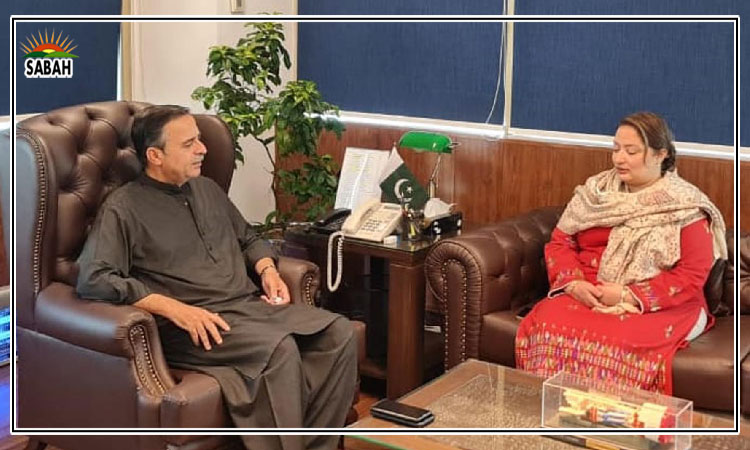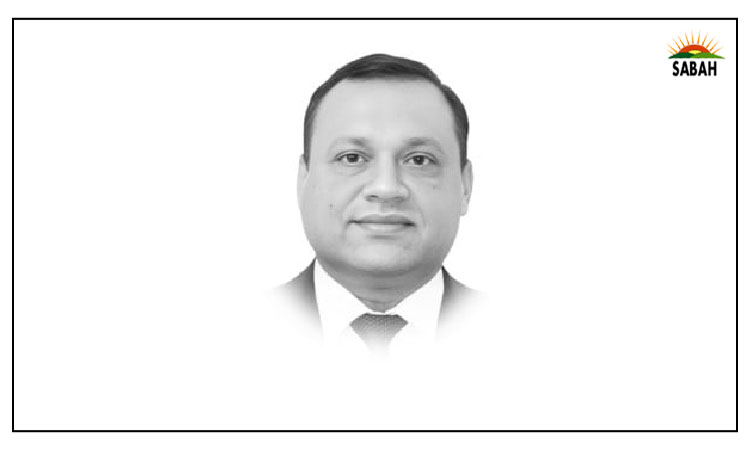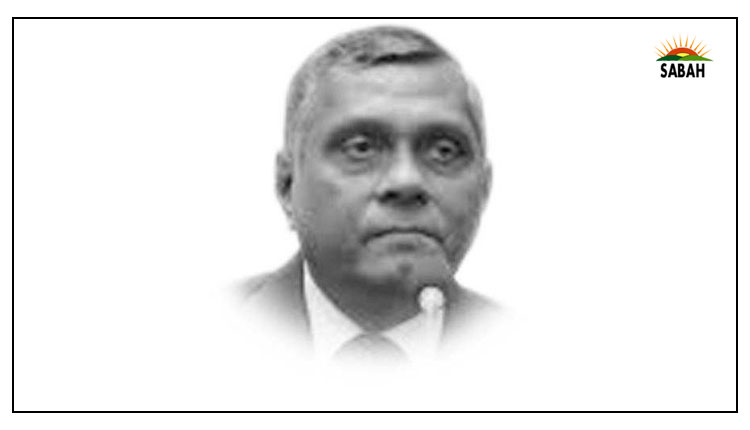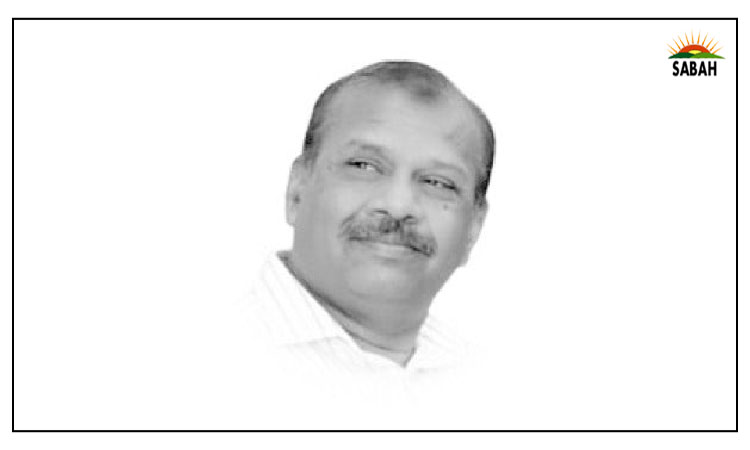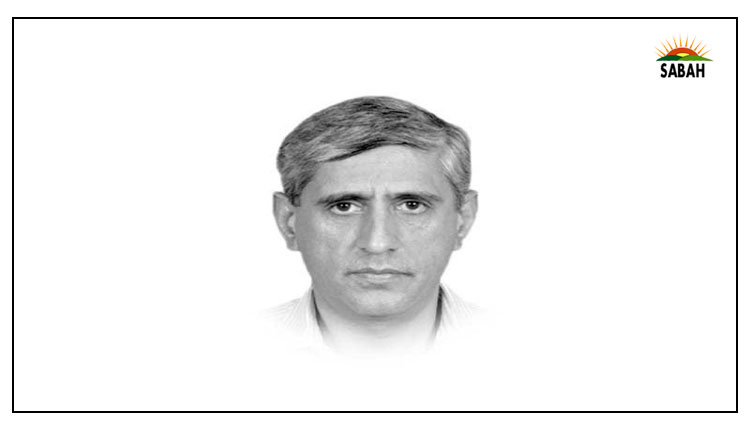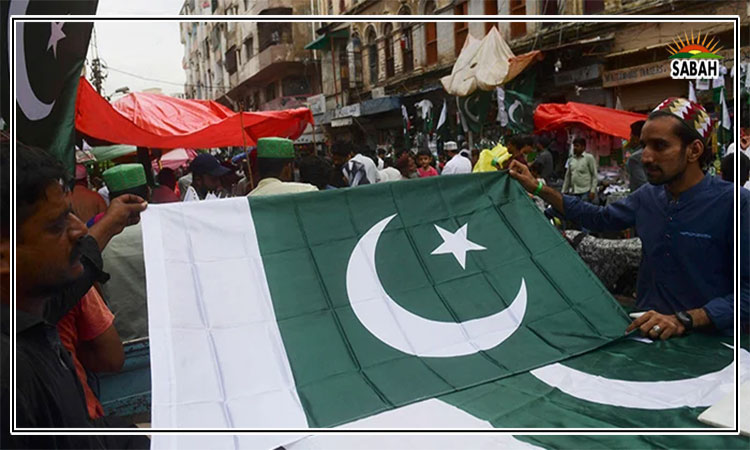The rise and rise of fascism ۔۔۔Hussain H Zaidi
The rise of political and religious extremism is the most conspicuous development that has come about in Pakistan in recent years. Both these varieties of extremism are interlinked and are rooted in the ambitious – though largely successful – project of the General Zia regime (1977-1988) to rewrite the national culture.
Democracy can be looked upon in two ways: a voting system based on the majority rule, and a culture resting on certain core values like equality of opportunity, liberty subject to law, consensus building, pluralism, (tolerance of dissent and opposition and inclusiveness), and peaceful conflict resolution.
While a mature democracy will represent a blend of the majority rule and the supporting culture in the right proportions, in an immature democracy, the latter aspect lags behind the former. The chasm between the two often prepares the ground for the rise of such sinister movements as fascism, populism and cultism.
Every polity sets its political ideals, which provide a framework for political action by defining what’s desirable and legitimate. The Zia regime defined political ideals in terms of a most regressive interpretation of religion and, by implication, morality. Those political ideals necessitated not only dismantling the ‘corrupt and rotten’ political system but also overhauling the ‘decadent’ national culture, culminating in the rise of the ‘mard-e-momin’ (the true believer). Towards that end, a singular narrative was constructed.
In a word, the narrative represented Pakistan as the society chosen for the ascendency of good over evil. The narrative set the stage for the sacralization of politics in which one is either a believer or a heretic, a saint or a sinner, clean every inch or corrupt to the bone. The regime promoted a political culture in which rivals are branded as morally bankrupt, wicked, and traitors – an unnecessary evil – who cannot be trusted with the reins of the government, not worthy of having a dialogue with. It laid the foundations of a sanctimonious society in which those who profess a different creed or practise a different moral standard or profess allegiance to another political party are looked upon as villains, who must be sorted out; and encouraged the rise of private armies or lashkars both to wage jihad and encourage others to do so.
That singular narrative fathered the rise of two types of organizations: One, terrorist outfits like the TTP, which look down upon both the majority rule and democratic culture and aim to set up an ‘Islamic’ state by force. Second, mainstream political parties, which owe allegiance to the majority rule but in practice dismiss democratic culture as a sign of moral weakness.
Both types of organizations show zero tolerance for the opposition, brand their opponents as heretics or traitors, eschew conflict resolution through dialogue, seek to subordinate the institutions to their whims and agree to play ball with them only on their terms; and claim to be a noble mission to rid society of all evil, – to overhaul the national culture. With so much in common, the two types of organizations were destined to be natural allies. We all know which mainstream political party has been the most vehement supporter of the Taliban.
Come the current pope of popular-cum-cult politics in Pakistan. Like Zia, he made morality the leitmotif of his politics, ascribed all the ills of the country to corruption and dynastic politics, made full use of religious symbols, and promised to set up a heaven on earth. He had one thing that Zia lacked: charisma. He lacked one thing that Zia had: the unflinching support of powerful institutions.
That’s why, despite his charisma in the initial years of his political career, he remained a nonentity. But eventually, luck smiled on him and he became the blue-eyed boy of the mighty. It was then that his charisma came into full play. If Zia was only the pope, the cultists’ heartthrob became both the prince and the pope – a most enviable combination.
Despite being rooted in different traditions, the Zia regime’s cultural overhaul project and fascism, which rose in Western Europe in the first half of the 20th century, have much in common. Like Zia’s ‘mard-e-momin’, fascism has the top leader at the apex. Being the best, the noblest and the wisest of all, his words and actions become the criteria of all that is good and legitimate. If he wins, the electoral process is deemed fair and transparent every inch; if he loses, it is declared illegitimate out-and-out.
To lend greater credibility to his unchallenged authority, the leader may present himself as being on a messianic mission, which may take the form of reviving a mythical or actual golden era of yore. At any rate, the notion of national cultural decadence and resurgence under the top leader forms a key component of fascist ideology. Institutional changes are not a priority. In fact, institutions are deliberately weakened to make room for the rise of the cult of the leader.
Since the leader is the mainspring of all standards and values, the difference between one set of values and another – for example, between the individual and society, between the public and private sectors, or between religious and political authority – is arbitrary and must be suppressed. A leader who is otherwise secular in private life will make abundant use of religion publicly for his advantage and seek to provide a religious sanction to his position. “If you don’t support me, you will be consigned to hell.” In the same garb, he is both the prince and the pope, the playboy and the saint.
Not surprisingly, Mussolini in Italy and Hitler in Germany had zero tolerance for dissent and opposition and embraced, nay glorified, the use of violence to put down their opponents. Once they were in the government – curiously enough, the latter by winning elections, the former by threatening to march on the capital – they put in place a fascist state based on these notions. Both made brilliant use of propaganda, lying so much as and with such adroitness as to obliterate the distinction between truth and falsehood. The fascists made their respective country a one-party state and annihilated any opposition to the regime.
While the Zia regime set the stage for the rise of fascism, it was the 2014 dharnas staged in the heart of the capital, orchestrated by some powerful quarters, that enabled the movement to get a foot in the door by allowing a political party to act with abandon. Mobocracy is a key component of fascism. In the ensuing years, their sense of power racked up to such proportions that they bit the hand that had so far fed them.
The fascists regard appeasement, concessions and compromises as a sign of weakness. Therefore, any such overtures on the part of the other side only serve to harden and strengthen them. If they hit you in the face and you don’t retaliate, they will slap you even more violently. The only way to deal with fascism is to go the whole hog against it without any ifs, ands, or buts. Half measures, as we are currently witnessing, will only bolster it. Since the fascists don’t believe in a win-win outcome, theirs is a game in which the winner takes all.
Despite some setbacks, fascism continues to be on an upward trajectory, putting at risk democracy, economy and national culture. In Germany, it may be recalled, the fascist rode to power through a popular mandate – though the mandate was never for a fascist government. One must at all events be alive to the fault lines inherent in the electoral process when it’s divorced from democratic culture. In the end, in both Germany and Italy, the fascists left their nation in shambles. Can we pull up the horse before the precipice?
The writer is an Islamabad-based columnist. He tweets/posts @hussainhzaidi and can be reached at: hussainhzaidi@gmail.com
Courtesy The News


